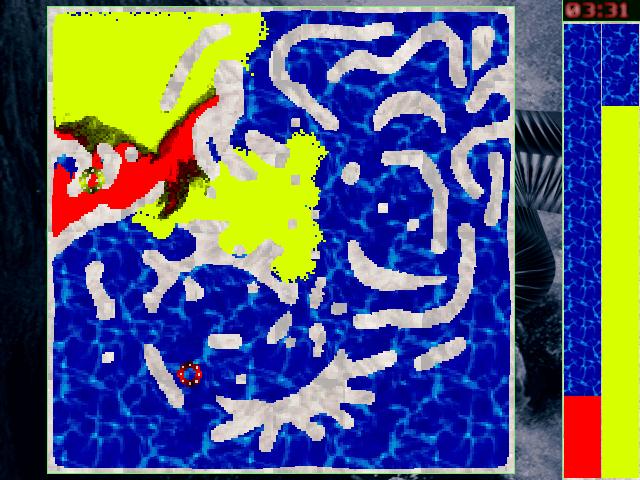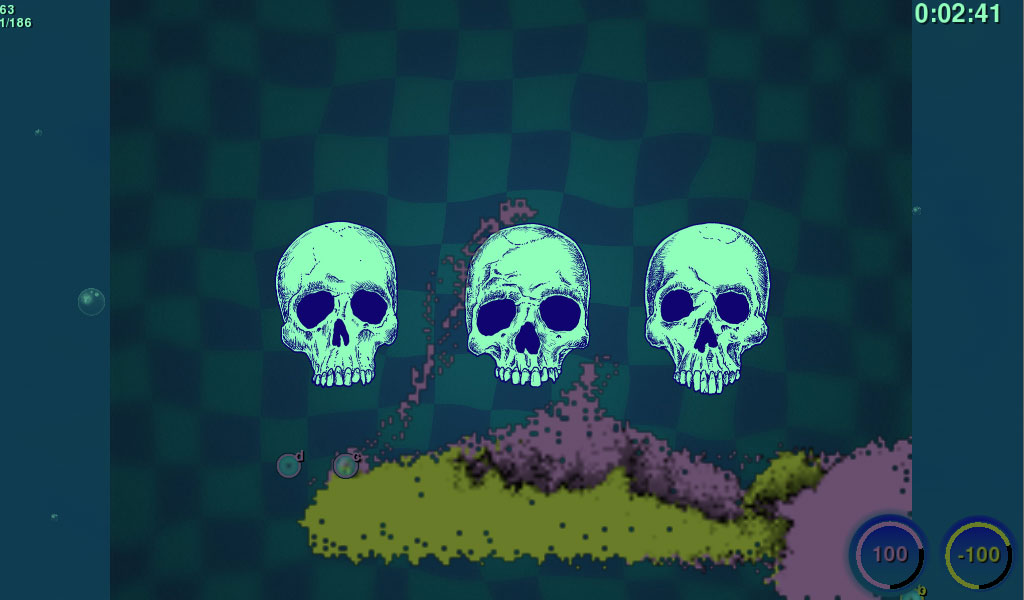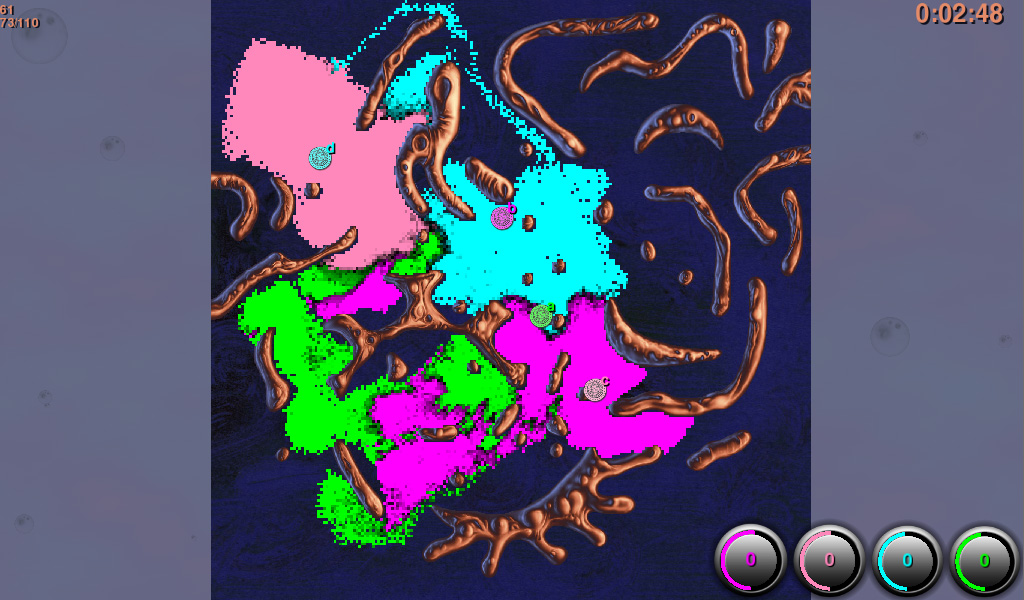

After the salt compounds are pulled apart, the sodium and chloride atoms are surrounded by water molecules, as this diagram shows. Bruising that develops without a remembered injury. Vomiting of blood or material that looks like coffee grounds. Water molecules pull the sodium and chloride ions apart, breaking the ionic bond that held them together. Joint pain, discomfort or swelling, especially after an injury. The three major types of intermolecular interactions are dipoledipole interactions, London dispersion forces (these two are often referred to collectively as van der Waals. This cursor is followed by your army, which is composed by a great many. Nuclear fission is a reaction in which the nucleus of an atom splits into two or more smaller nuclei.The fission process often produces gamma photons, and releases a very large amount of energy even by the energetic standards of radioactive decay. Transitions between the solid and liquid, or the liquid and gas phases, are due to changes in intermolecular interactions, but do not affect intramolecular interactions. There are no weapons, the only thing you have to do is to move a cursor in a 2-D battlefield. Simple yet original game mechanics, discovered by Thomas Colcombet. When playing Liquid War, one has to eat ones opponent. Control the movement of all your forces at the same time. of war in the era of liquid modernity: not the conquest of a new. But it is different from common wargames. the patterns of dependency and interaction whose turn to be liquefied has now come. Essentially, a tug-of-war ensues with the water molecules winning the match. The Liquid War concept Liquid War is a wargame.

The positively-charged side of the water molecules are attracted to the negatively-charged chloride ions and the negatively-charged side of the water molecules are attracted to the positively-charged sodium ions. When salt is mixed with water, the salt dissolves because the covalent bonds of water are stronger than the ionic bonds in the salt molecules. Likewise, a water molecule is ionic in nature, but the bond is called covalent, with two hydrogen atoms both situating themselves with their positive charge on one side of the oxygen atom, which has a negative charge. The bonds in salt compounds are called ionic because they both have an electrical charge-the chloride ion is negatively charged and the sodium ion is positively charged. You can have up to six human or CPU opponents at once, and there are many. It works sort of like a Snake / Nibbles type game, but it actually feels much different to play. In the game you control an 'army of liquid' and your goal is to overpower / consume your opponent (s). It also depicts how a charge, such as on an ion (Na or Cl, for example) can interact with a water molecule.Īt the molecular level, salt dissolves in water due to electrical charges and due to the fact that both water and salt compounds are polar, with positive and negative charges on opposite sides in the molecule. Category: Liquid War is a particle-physics-based 'multiplayer wargame'.

To avoid irritation, do not let this medication come into contact with your eyes, nose, mouth, groin, or any broken skin.
#Liquid war interaction skin
The work of self-healing conductive liquid metal hydrogels will promote the research and practical application of hydrogels and liquid metal in intelligent devices and military fields.This diagram shows the positive and negative parts of a water molecule. This medication is for use on the skin only. Significantly, owing to the excellent photothermal effect and low infrared emissivity of EGaIn, the LM hydrogel reveals great potential in infrared camouflage. The LM hydrogel exhibits sensitive strain sensing behavior, allowing human–computer interaction to achieve motion recognition and health monitoring. The synergistic effect of the rigid PVA microcrystal network and the ductile P(AAm- co-SMA) hydrophobic network, together with the ionic coordination and hydrogen bonds between polymer networks (multiple physical cross-links), endow the LM hydrogel with excellent super-stretchability (2000%), toughness (3.00 MJ m −3), notch resistance, and self-healing property (healing efficiency > 99% at 25 ☌ after 24 h). Herein, gallium indium alloy (EGaIn) is utilized to initiate the polymerization and simultaneously serve as flexible fillers to construct a super-stretchable and self-healing liquid metal/polyvinyl alcohol/ p(acrylamide- co-octadecyl methacrylate) (liquid metal/PVA/P(AAm- co-SMA)) double network hydrogel (LM hydrogel). Due to their mechanical flexibility, conductive hydrogels have been widely investigated in the fields of flexible electronics and soft robots, but their non-negligible disadvantages, such as poor toughness and limited self-healing, severally restrict their practical application. The interaction enthalpies determined from isothermal titration microcalorimetry and liquidliquid equilibrium are consistent.


 0 kommentar(er)
0 kommentar(er)
